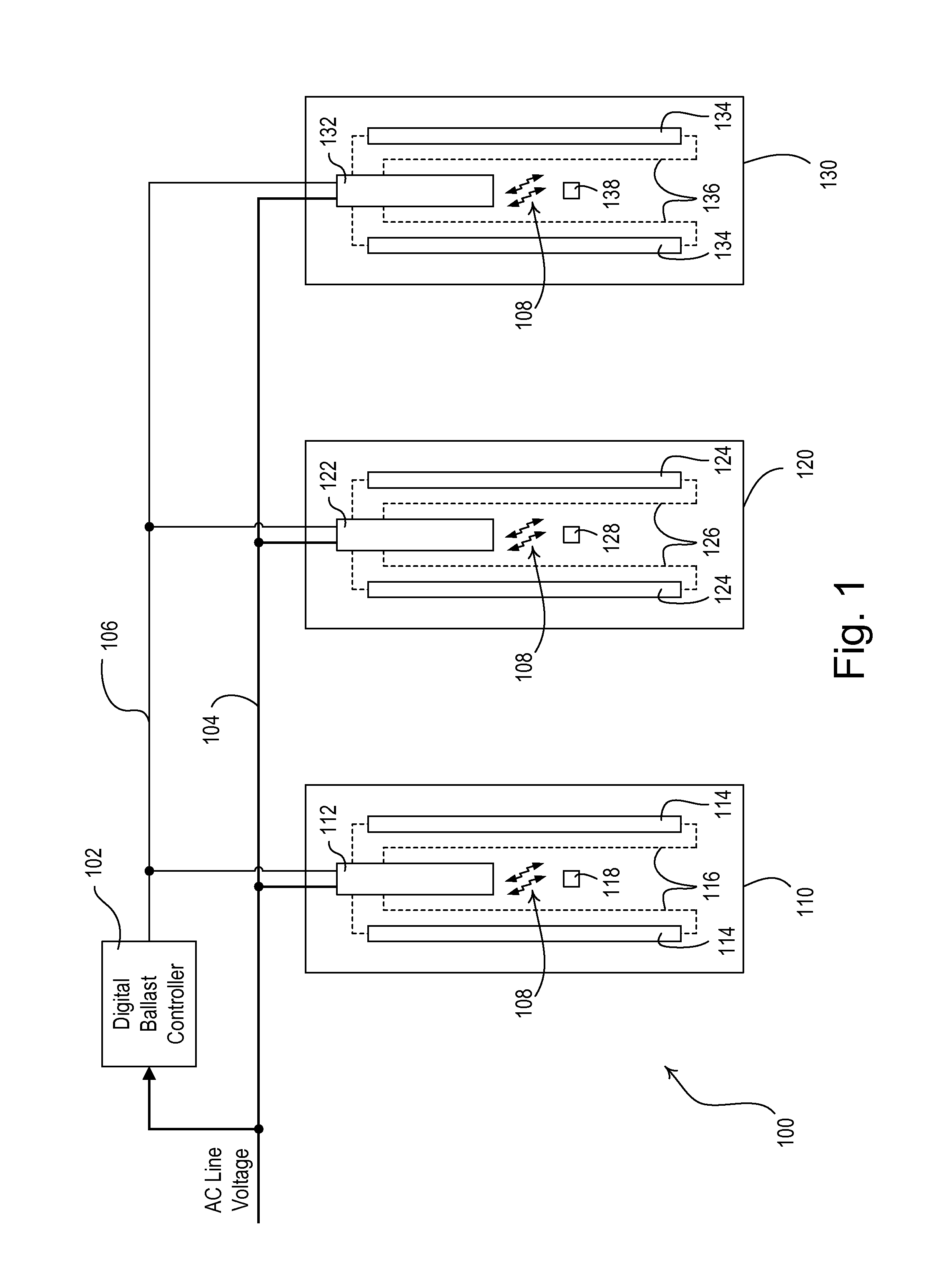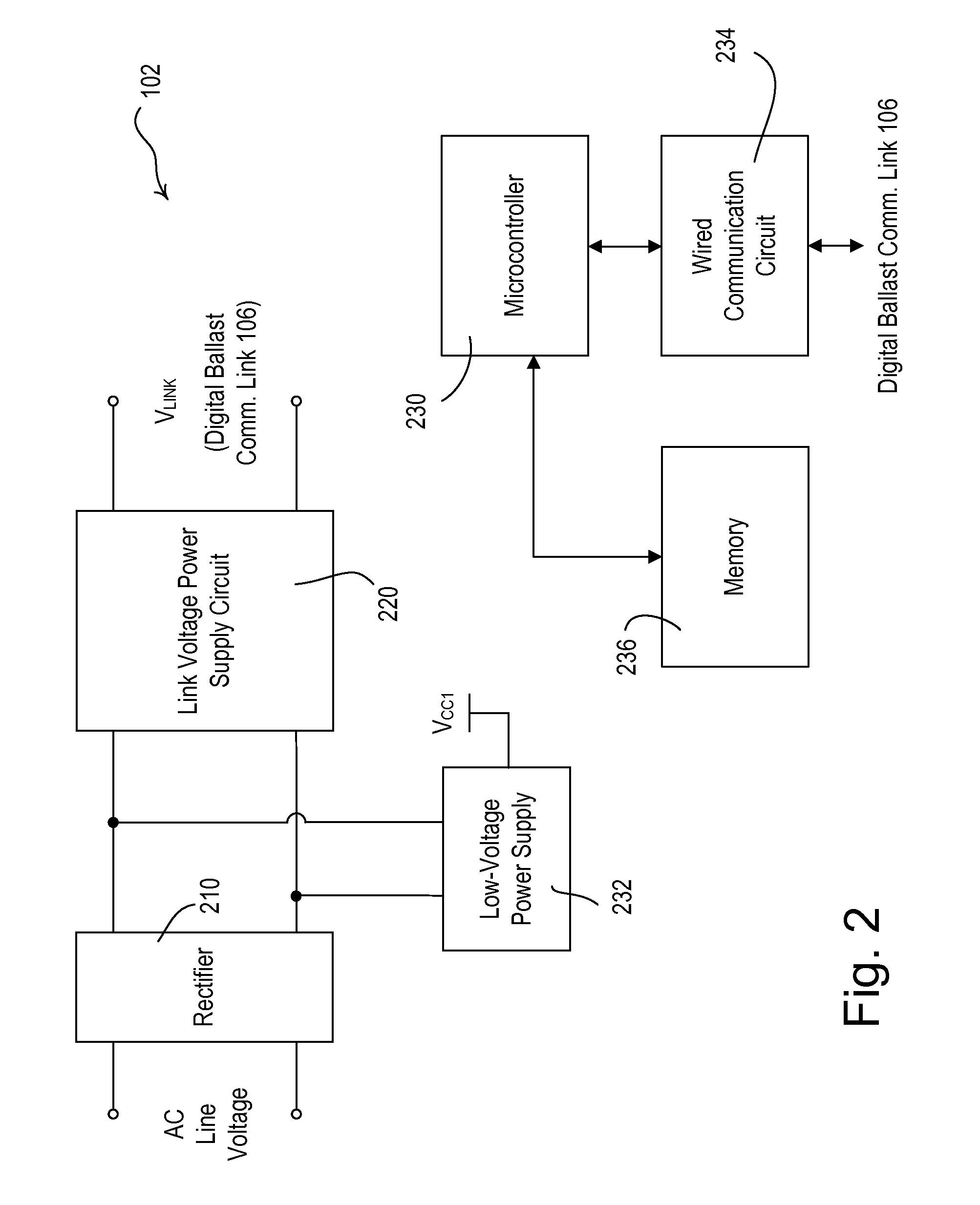Method of Automatically Programming a Load Control Device Using a Remote Identification Tag
a remote identification and load control technology, applied in the field of load control systems, can solve the problems of tedious prior art reconfiguration methods and even more tedious prior art methods
- Summary
- Abstract
- Description
- Claims
- Application Information
AI Technical Summary
Benefits of technology
Problems solved by technology
Method used
Image
Examples
Embodiment Construction
[0023]The foregoing summary, as well as the following detailed description of the preferred embodiments, is better understood when read in conjunction with the appended drawings. For the purposes of illustrating the invention, there is shown in the drawings an embodiment that is presently preferred, in which like numerals represent similar parts throughout the several views of the drawings, it being understood, however, that the invention is not limited to the specific methods and instrumentalities disclosed.
[0024]FIG. 1 is a simplified block diagram of a fluorescent lighting control system 100 for control of the intensities of a plurality of fluorescent lamps 114, 124, 134 according to a first embodiment of the present invention. The fluorescent lighting control system 100 includes a plurality of lighting fixtures 110, 120, 130 (e.g., three fixtures) in which the lamps 114, 124, 134 are located. Each fixture 110, 120, 130 also includes a respective digital electronic dimming ballas...
PUM
 Login to View More
Login to View More Abstract
Description
Claims
Application Information
 Login to View More
Login to View More - R&D
- Intellectual Property
- Life Sciences
- Materials
- Tech Scout
- Unparalleled Data Quality
- Higher Quality Content
- 60% Fewer Hallucinations
Browse by: Latest US Patents, China's latest patents, Technical Efficacy Thesaurus, Application Domain, Technology Topic, Popular Technical Reports.
© 2025 PatSnap. All rights reserved.Legal|Privacy policy|Modern Slavery Act Transparency Statement|Sitemap|About US| Contact US: help@patsnap.com



